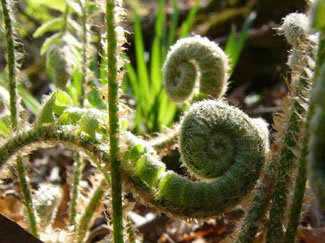Product Description
Louis Majorelle French Art Nouveau “Fiddleback Fern” bowl c. 1900


LOUIS MAJORELLE (1859-1926) France
MOUGIN FRÈRES Nancy, France
Fiddleback Fern trefoil bowl c. 1900
A rare stoneware example of Majorelle and the L’Ecole de Nancy with a mauve and sea-green glaze, crystalline formations in interior in a trefoil loped form with fiddleback ferns at each interval.
Marks: Majorelle. de (impressed facsimile signature) MOUGIN NANCY, 10.K , L
Illustrated: Majorelle: Une Aventure Moderne, Roselyne Bouvier (Paris:
La Bibliothèque des Arts/Editions Serpenoise, 1991) p. 34, illus. 32.
H: 3 1/4″ x W: 6 3/4″
Louis Majorelle French Art Nouveau “Fiddleback Fern” bowl c. 1900
Silver hand finished and repoussed in the form of a staghorn beetle with horns encircling the round magnifying glass, gold details
Signed: L. GAILLARD (engraved) on lower right leg, head of Minerva (950/1000 pure silver)
The staghorn beetle was a favorite form for Gaillard and the inspiration for many examples of his work including jewelry, vases and this magnifying glass. A variant model in cast bronze can be seen in the collection of the Musee d’Orsay in Paris.
